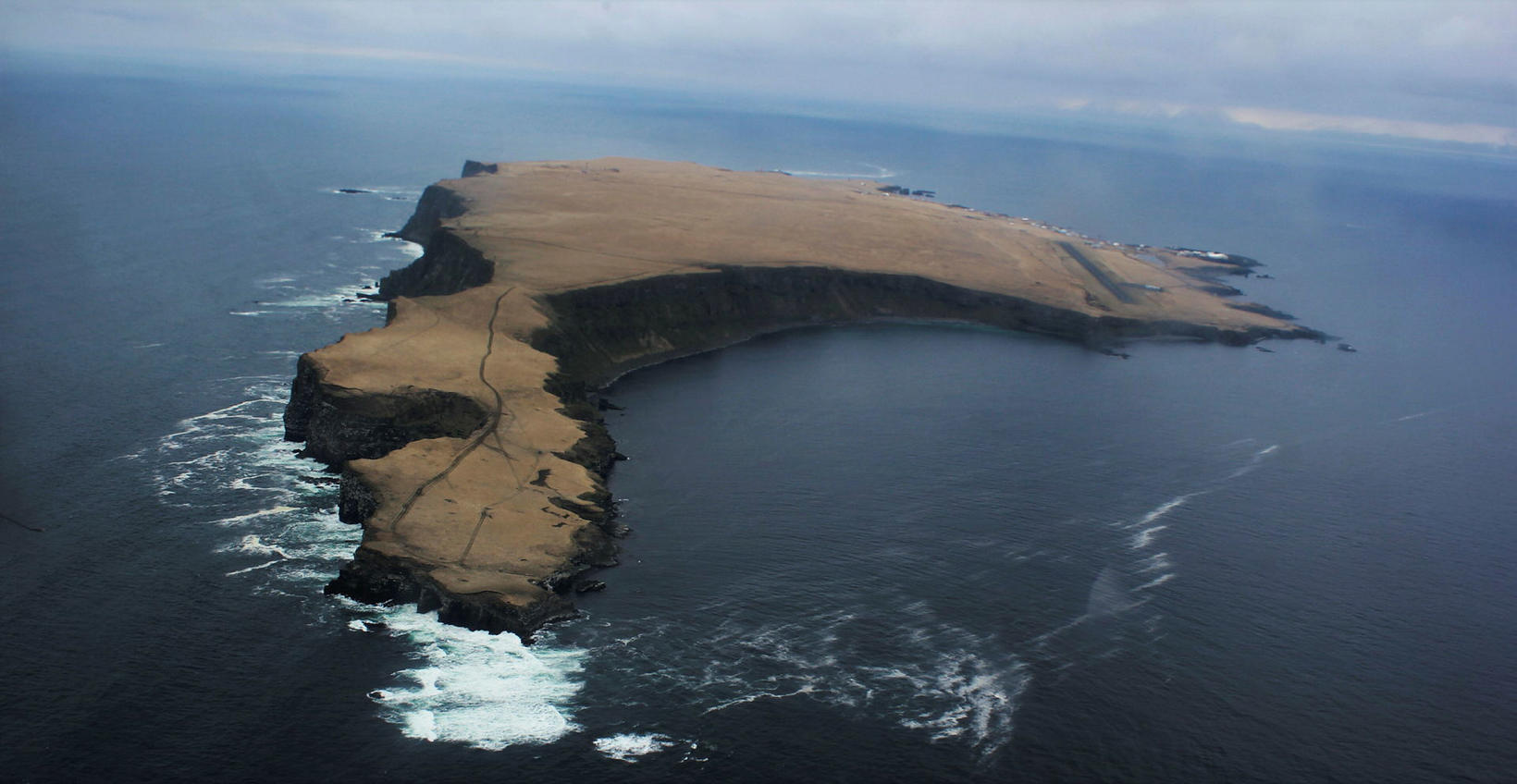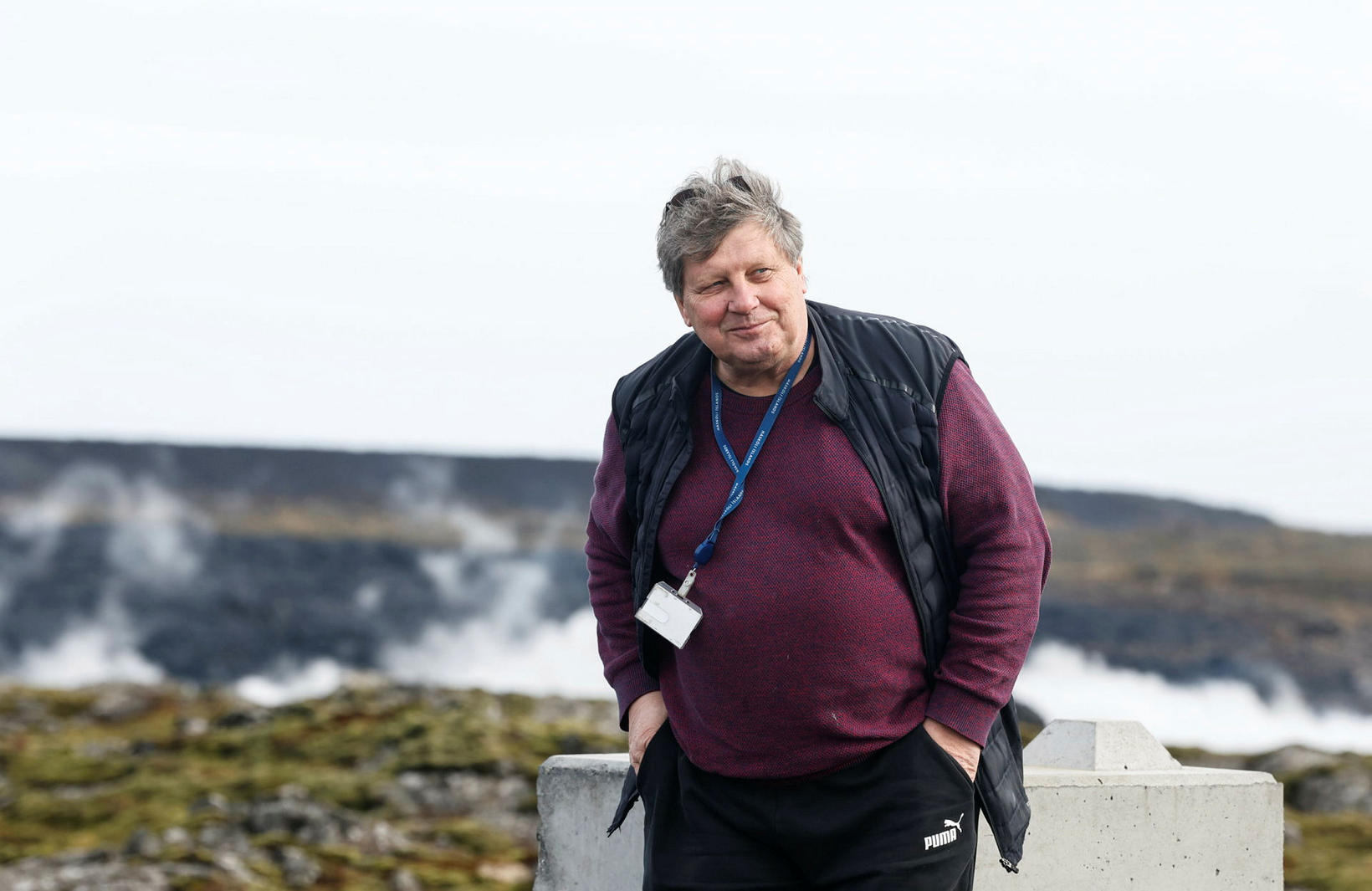Magma movements cannot be ruled out near Grímsey
Volcanologist Þorvaldur Þórðarson says it is not possible to rule out magma movements at some depth in the Tjörnes fault zone. mbl.is/Sigurður Bogi
The recent earthquake activity near Grímsey has reignited discussion about possible magma movements beneath the Tjörnes fracture zone, according to Þorvaldur Þórðarson, volcanologist and professor at the University of Iceland.
A magnitude 4.7 earthquake struck just east of Grímsey around 4 AM yesterday, followed by a series of aftershocks, the strongest of which measured 3.5. The seismic events were widely felt across North Iceland.
“We can’t rule out the possibility of magma movements,” Þórðarson said in an interview with Morgunblaðið . “The Tjörnes fracture zone isn’t that different from the Reykjanes Peninsula. Both are fault zones driven by the tectonic forces pulling Iceland apart.”
Fault activity and magma intrusion go hand in hand
Þórðarson explains that seismic activity in these regions is primarily caused by tectonic ruptures, as crustal plates move in opposite directions. However, the structure of the fault zone—particularly its angled orientation relative to the direction of plate drift—can cause a combination of horizontal shear and minor vertical extension.
“In such settings,” he notes, “magma may exploit the newly opened cracks, moving into spaces created by these tectonic shifts. So while the earthquakes themselves are driven by crustal movement, magma movement can occur simultaneously—and we can never completely dismiss that possibility.”
Earthquake swarms as a sign of magma movement?
When earthquake swarms appear to shift location over time, Þórðarson says it may indicate magma migrating underground. Another explanation could be that the fault is propagating horizontally, with magma simply following in its wake.
“In reality, both processes can occur,” he adds. “Distinguishing between them isn't always easy, and in many cases, it takes time and additional data to reach a firm conclusion.”
While there is currently no direct evidence of a volcanic eruption imminent in the Tjörnes region, Þórðarson emphasizes that Iceland’s complex geological landscape means such possibilities should always be kept in consideration. Authorities continue to monitor the area closely.



/frimg/1/57/93/1579337.jpg)
/frimg/1/57/94/1579405.jpg)

/frimg/1/57/87/1578747.jpg)


